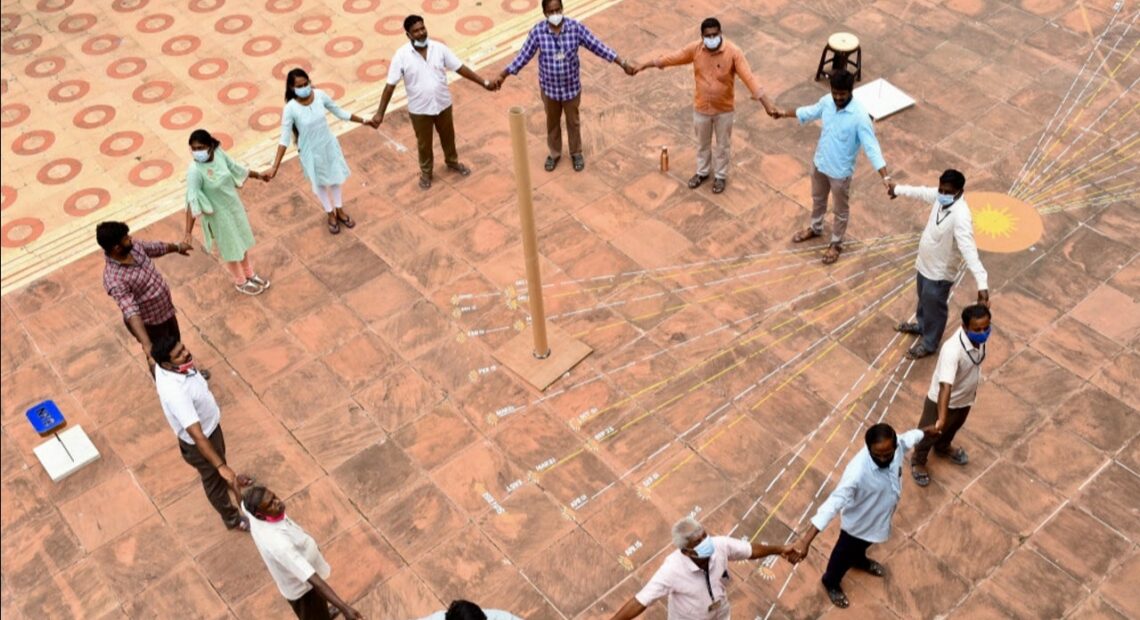Embracing Zero Shadow Day: A Fascinating Phenomenon Explained

Have you ever experienced a day where the sun casts no shadow at noon? Welcome to the intriguing phenomenon known as Zero Shadow Day! This rare occurrence, also referred to as “Noon Solar Elevation,” happens when the sun is positioned directly overhead, causing objects on the Earth’s surface to cast little to no shadow. Let’s delve into the fascinating world of Zero Shadow Day and explore what causes this unique event.
What is Zero Shadow Day?
Zero Shadow Day occurs twice a year in locations situated between the Tropic of Cancer and the Tropic of Capricorn, where the sun passes directly overhead at solar noon. During these moments, objects such as poles, trees, and buildings appear to have no shadow because the sun’s rays are directly perpendicular to the Earth’s surface.
The Science Behind Zero Shadow Day
Zero Shadow Day is a result of the Earth’s axial tilt and its orbit around the sun. As the Earth revolves around its axis, different regions experience variations in sunlight angles throughout the year. During the equinoxes, when the sun is positioned directly above the equator, locations within the tropics witness Zero Shadow Day as the sun reaches its zenith.
Significance and Cultural Celebrations
Zero Shadow Day holds cultural significance in various regions around the world. In India, for example, it marks the beginning of Uttarayana, a six-month period considered auspicious in Hindu tradition. People celebrate by flying kites and participating in outdoor festivities. In other parts of the world, Zero Shadow Day is celebrated with special events and activities that highlight the unique astronomical phenomenon.
Photography and Artistic Expression
Photographers and artists often seize the opportunity presented by Zero Shadow Day to capture stunning images and create unique artwork. The absence of shadows creates a surreal and ethereal atmosphere, allowing for creative exploration and experimentation with light and shadow.
Implications for Navigation and Timekeeping
Zero Shadow Day has practical implications for navigation and timekeeping. In ancient times, sailors and navigators used the position of the sun and the absence of shadows to determine their latitude and calculate the time of day. Today, Zero Shadow Day serves as a reminder of the Earth’s dynamic relationship with the sun and its role in shaping our daily lives.
Conclusion
Zero Shadow Day is a captivating phenomenon that highlights the intricate interplay between the Earth, the sun, and the passage of time. Whether celebrated for its cultural significance, artistic inspiration, or scientific intrigue, this rare event reminds us of the wonder and beauty of the natural world. So, next time you find yourself on Zero Shadow Day, take a moment to marvel at the absence of shadows and appreciate the magic of our solar system.
Picture Courtesy: Google/images are subject to copyright








